-
Slow Down
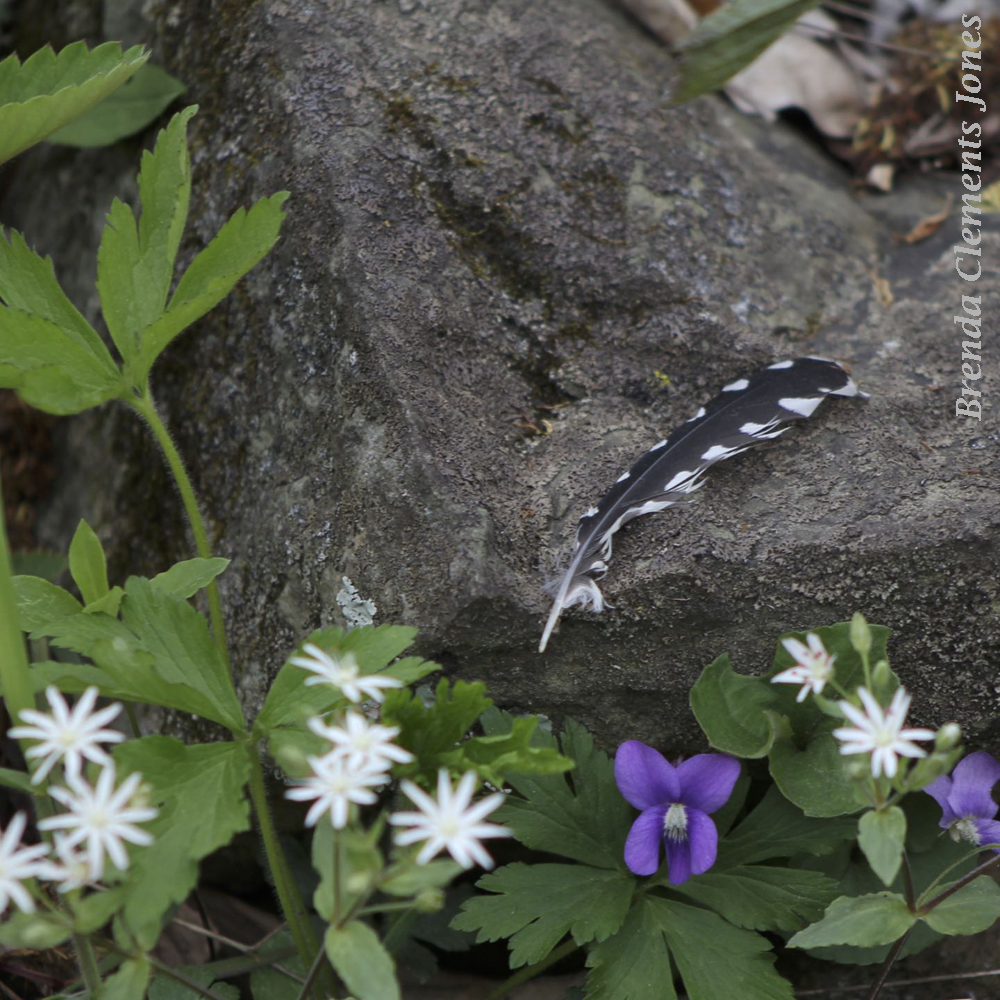
Slow down. Take in all that surrounds you. There is so much out there for you to see, if only you would look. Really look. It’s there waiting for you.
-
Flowerpot Parasol
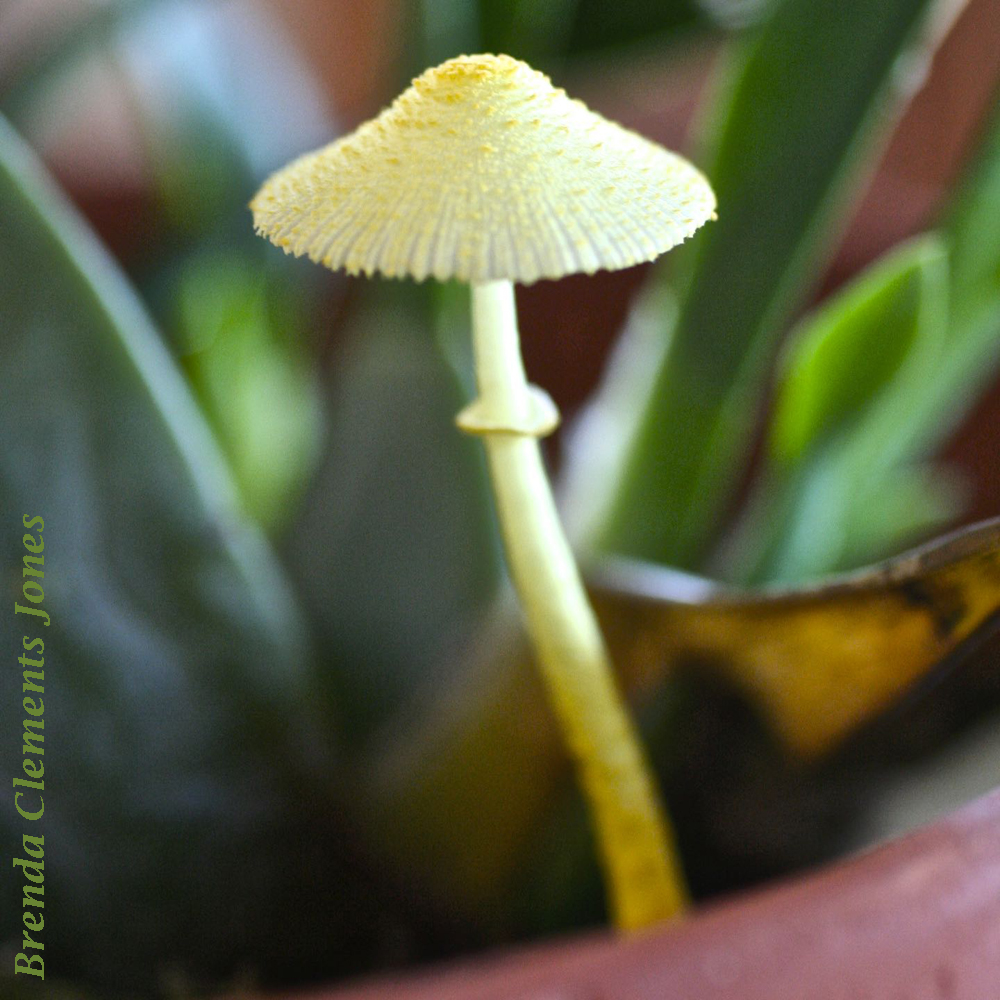
Flower pot Parasol (Leucocoprinus birnbaumii). I must always find out what it is, whether a plant or animal that I’ve encountered on a trail or, as in this case, something that mysteriously popped up alongside one of my orchids. That’s just how my brain works. I love a mystery and must get an answer. This…
-
Naked-flowered Tick Trefoil

Naked-flowered Tick Trefoil (Desmodium nudiflorum). Nice color! Soft to intense pink blossoms with a unique shape that makes me think of Crow T. Robot from Mystery Science Theater 3000. The Tick Trefoils are just beginning to bloom around my cabin. The pea-like flowers are on stems that have no leaves and there, you’ve got the…
-
Common Mullein

Common Mullein (Verbascum thapsus) is native to Europe, northern Africa, and Asia. It’s a biennial that shows up in most of North America. In Canada, Common Mullein is found in all the southern provinces. In the US, it occurs in all the contiguous states and Alaska and Hawaii. Seeds of Common Mullein remain viable for decades while each…
-
Indigo Lactarius
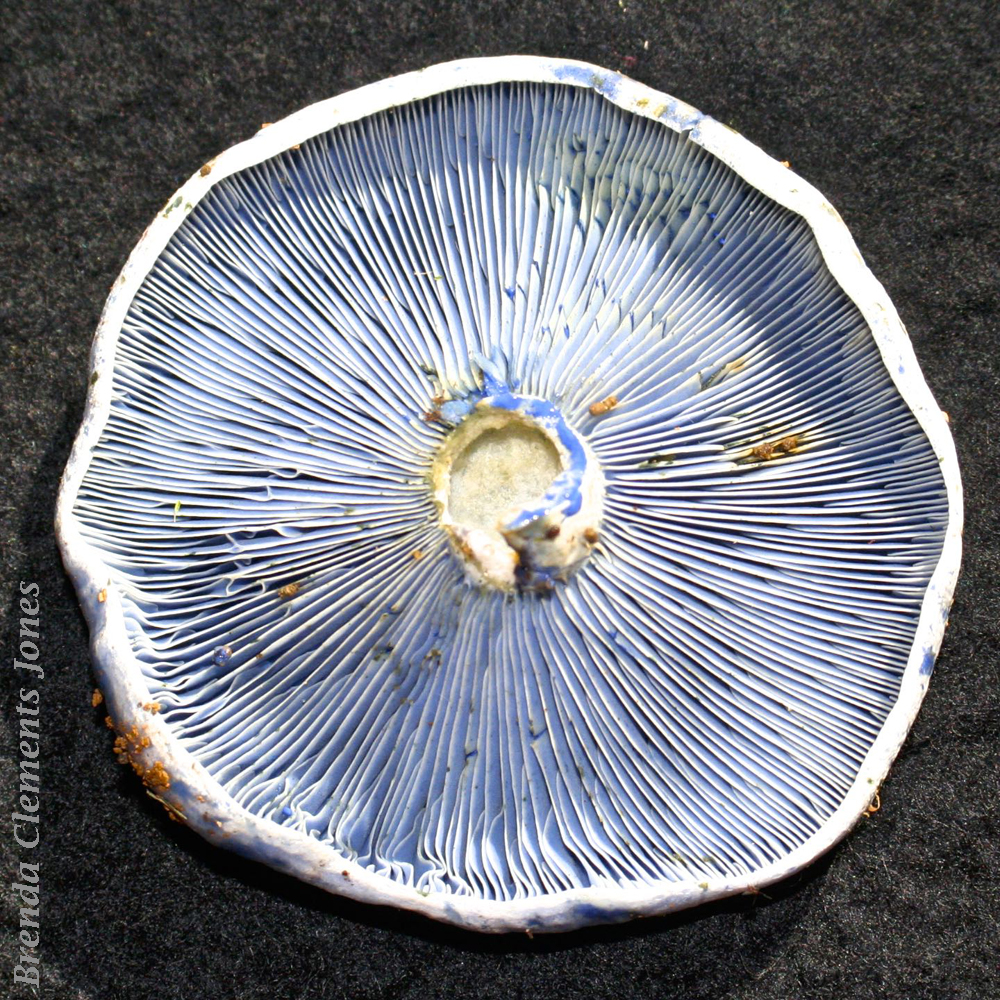
Mushrooms intrigue me, particularly the ones that emerge in surprising colors. This one certainly fills that stipulation. Indigo Lactarius (Lactarius indigo). Mycorrhizal, or having a symbiotic relationship, with pines and oaks. Indigo Lactarius will grow in a large group or a small group, or alone in summer and fall. Found in North America from the…
-
Echinacea
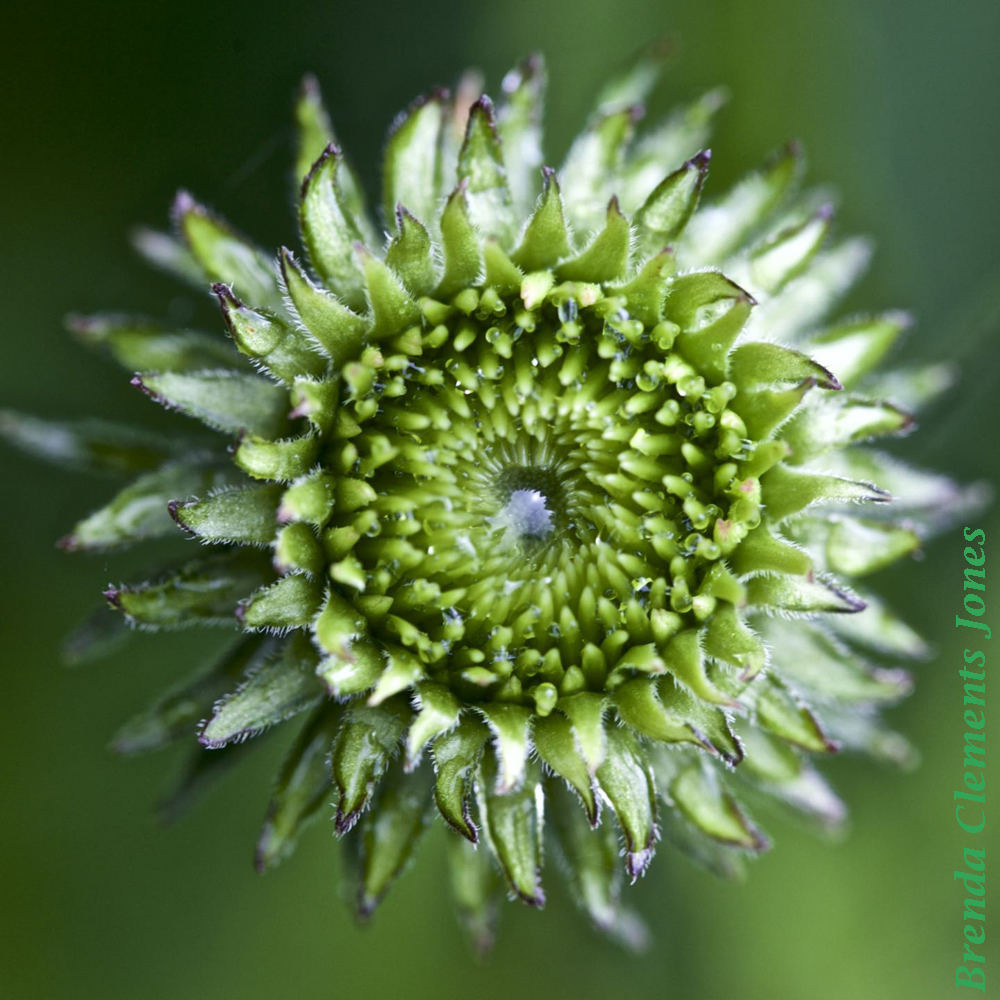
What a weekend. It’s been quite dry but I know to be careful what I wish for. Friday evening brought a storm with high winds, lightning and thunder happening nearly at the same time, and the rain. A decent amount of rain but it came down in just 10 or 15 minutes. Much too quickly.…
-
Silver-spotted Skipper Revisited
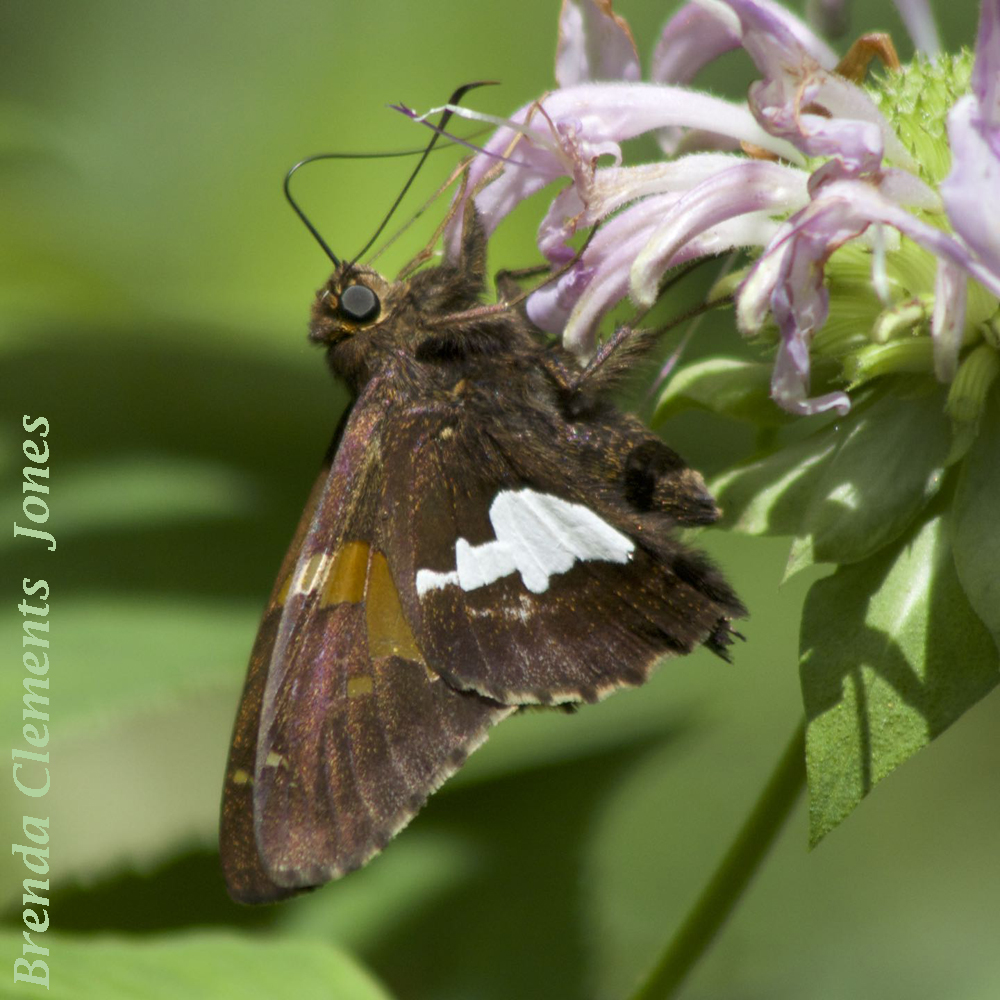
With a wingspan of 1.75 to 2.5 inches the Silver-spotted Skipper (Epargyreus clarus) is the largest of the skippers. But being the largest of the skippers doesn’t make it LARGE compared to some moths and butterflies. The Silver-spotted Skipper is certainly the skipper that I see most often as I check out the trails here…
-
Smooth False Foxglove
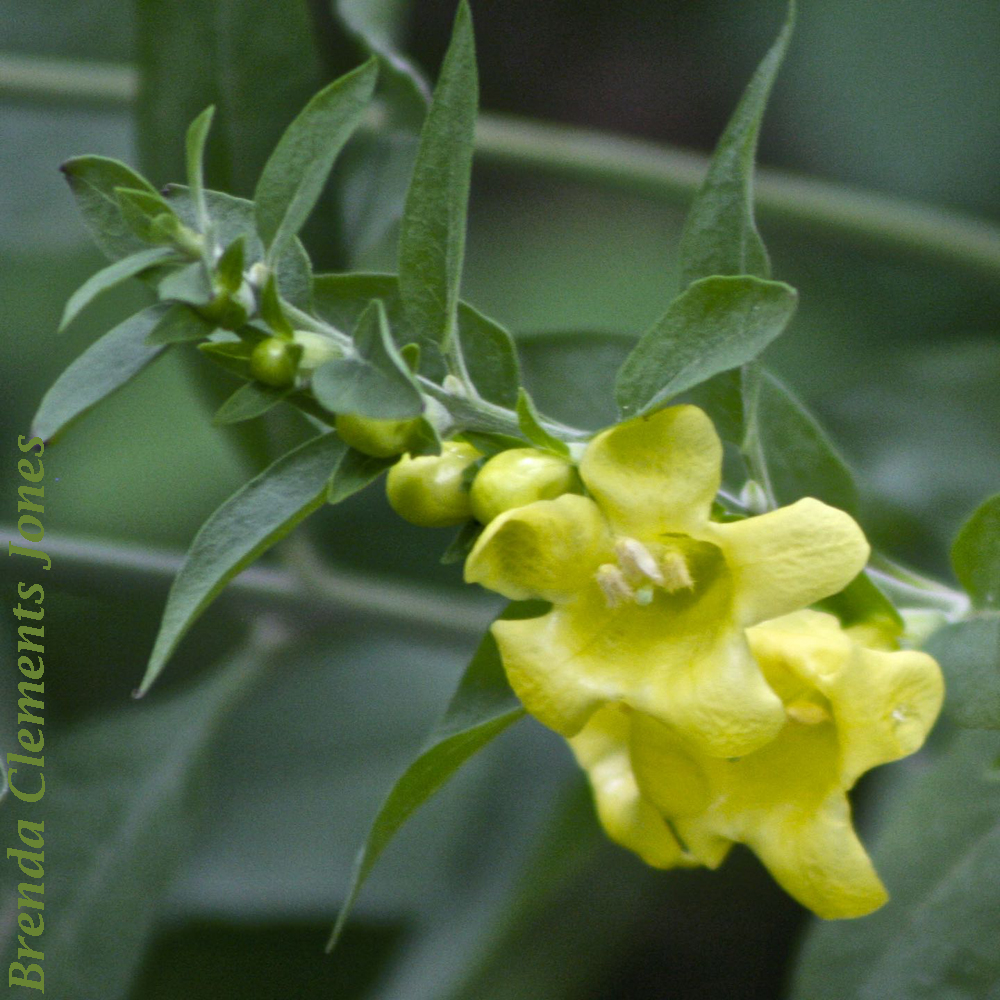
To some degree Smooth False Foxglove (Aureolaria laevigata) is a parasite, depending a bit on its host plant, the mighty Oak Tree. It can be referred to as a partial plant parasite, a semiparasite, or a hemiparasite. This means, it is not entirely dependent upon the roots of an Oak Tree for all its sustenance.…
-
Garden Design

Got a little garden at your place? Use that space to express yourself. Don’t hold back. Let your inner artist come to the surface. This image is from a trip to New Hampshire and Vermont back in 2006. I LOVE to see creativity!
-
Yarrow Revisited
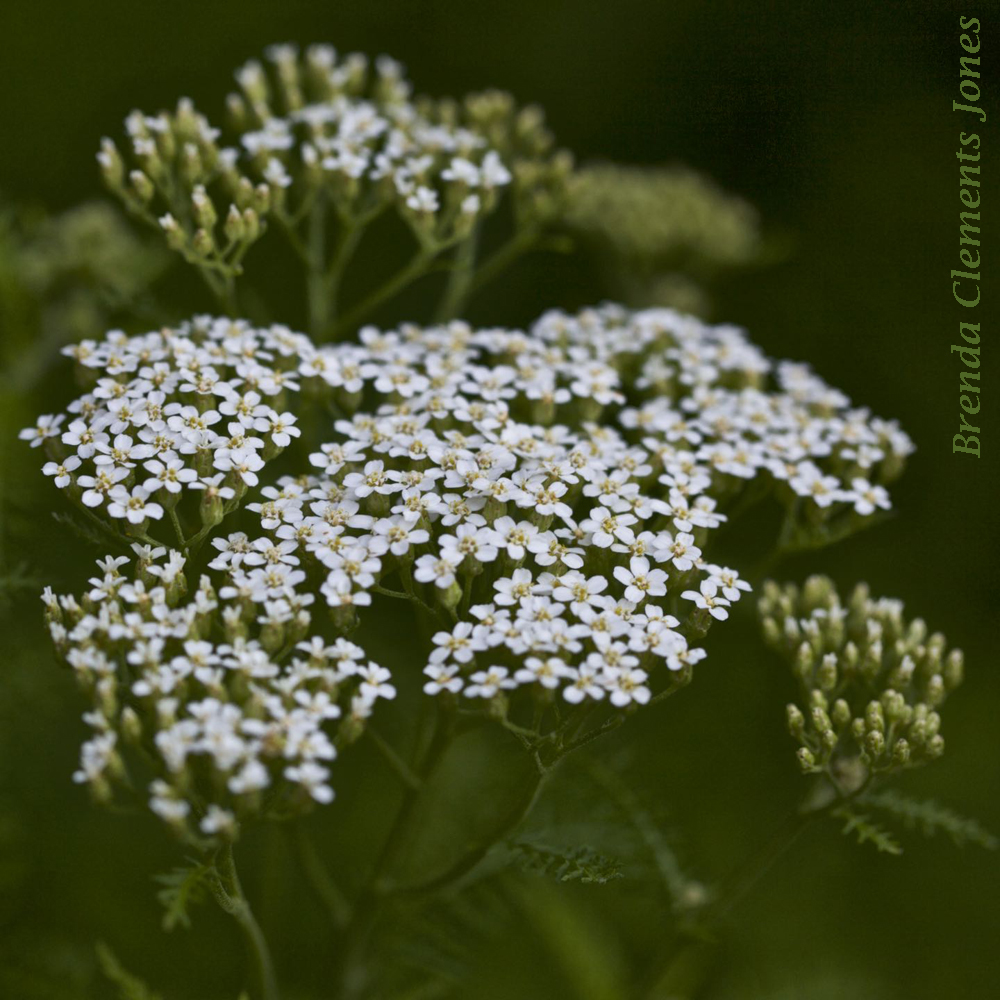
Yarrow (Achillea millefolium). I love native plants and when they show up as a volunteer in my gardens they are more than welcome! That’s the case with Yarrow, wandering aimlessly and finally settling here in a place that brings delight.
